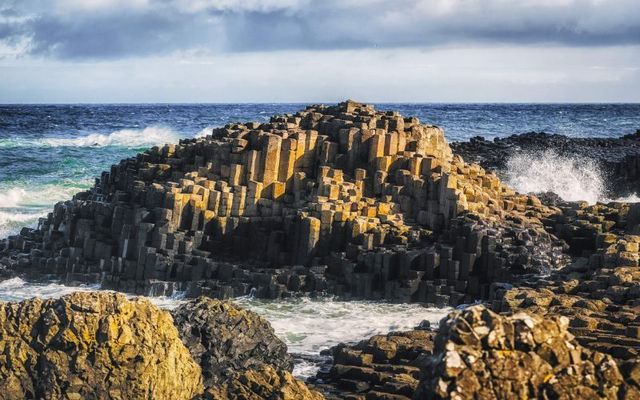Genetic research published in 2016 could help explain the legend of giants in Irish folklore.
The study, led by Barts and the London School of Medicine and Dentistry, Queen Mary University of London, in collaboration with the universities of Exeter, Belfast and Dublin and University College London as well as 17 other Institutions, studied patients with hormonal disorder acromegaly and tested DNA samples from the general public to identify carriers of a gene predisposing to childhood-onset acromegaly often leading to gigantism.
They undertook an ambitious, widely collaborative study, enlisting the invaluable help of patients and the general public to set it up in Northern Ireland and the Republic of Ireland.
They identified a particular mutation in Irish patients and are now searching for carriers of this gene in Ireland.
The frequency of the AIP mutation (R304*) was unexpectedly high in Mid-Ulster, Northern Ireland.
The data suggest that all Irish patients with these mutations (18 families and 81 carriers) are descendants of a single ancestor who lived in the area 2,500 years ago.
Out of the identified 81 carriers, 31 had developed acromegaly, and over half of these had gigantism (18 patients, 58%).
Read more
The researchers said: "The clinical importance of this study is that we can now screen family members and carriers can be followed to pick up the disease early.
"Our larger study has showed that 24% of seemingly unaffected gene carriers in fact have early signs of acromegaly, and some were immediately operated as a result of the genetic screening process."
The researchers added: "This study may also give a scientific explanation for the numerous Gaelic myths of giants in Ireland, where the Giant Causeway and the legend of the creation of a lake are strongly linked to giants.
"In modern history, famous Irish giants include Charles Byrne, whose skeleton in the Hunterian Museum, London, was studied, and a DNA sample showed he also carries the same mutation.
"There is data available of numerous giants living in this area over the last centuries, such as Mary Murphy (the ‘Portrush Giantess’) and James Kirkland (one of the ‘Potsdam Giants’), making this data support a colorful story."
Professor Sian Ellard of the University of Exeter Medical School, who collaborated on the research, said: “Irish folklore has numerous stories regarding Irish giants and the remains of some of these giants have been studied in the past.
"Our data provides an explanation for the observation made by the pioneering anthropologist James C. Prichard in 1826.”
Prichard wrote: “In Ireland, men of uncommon stature are often seen, and even a gigantic form and stature occur there much more frequently than in this island [Britain] . . . We can hardly avoid the conclusion that there must be some peculiarity in Ireland which gives rise to these phenomena.”
The researchers added: "Importantly, the prediction that 436 carriers and 86 affected individuals may be undiagnosed and alive today in Ireland (or elsewhere among people with Irish ancestors), mean that we may be able in many patients to prevent the onset of gigantism and prevent the premature mortality associated with this potentially severely disfiguring condition."
* Originally published in 2020, updated in Dec 2025.




Comments